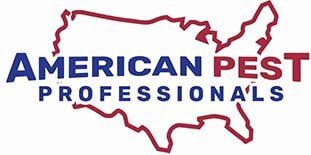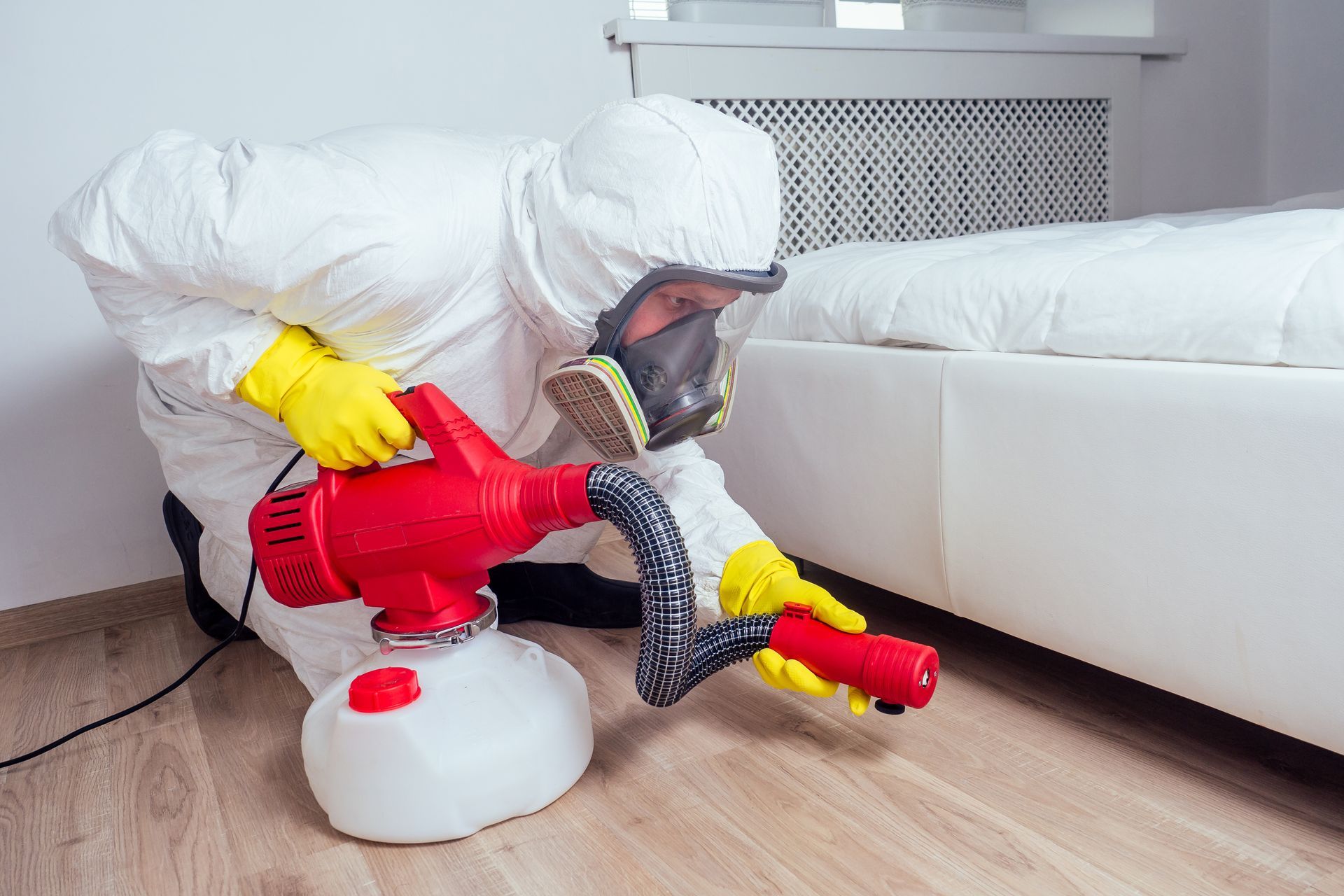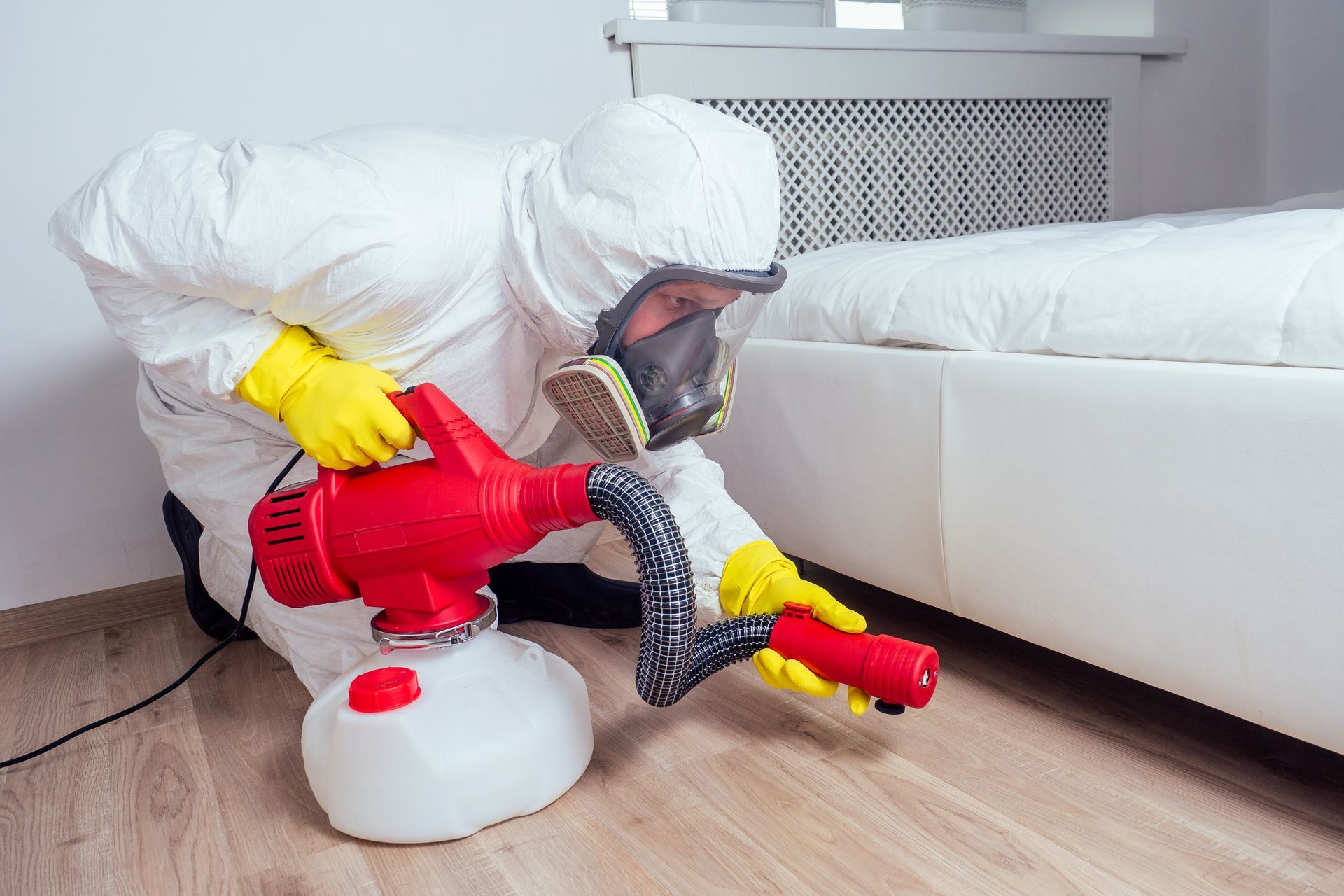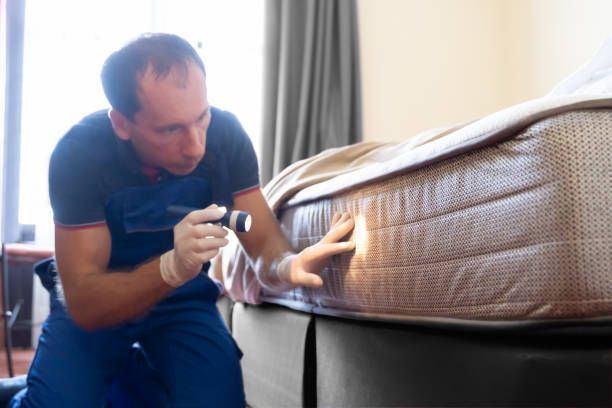How to Prevent Bed Bugs in Long Term Care Facilities
Bed bugs aren’t exactly partial to beds… they can be found anywhere from bedding and carpeting to clothing and suitcases. But their desire for warmth, blood and carbon dioxide makes bedding a perfect home. Knowing this, it’s crucial that long term care facilities know how to prevent bed bugs.
These common pests are excellent hitchhikers, great at entering nursing homes on suitcases, old furniture, or the clothing of family, medical staff or returning residents.
Luckily, there are several steps long term care facilities can take to prevent bed bugs.
How to Prevent Bed Bugs
Taking steps to prevent bed bugs in long term care facilities is crucial, as identification and removal can be quite difficult and costly.
Bed bugs are generally nocturnal and prefer to stay close to their host, making bedding, wheelchairs and walkers great hiding spots for the pests. What’s more, as many as 30 percent of residents may not show any reaction to bed bugs due to compromised immune systems. Skin ailments commonly seen in nursing homes like rashes, discolorations, abrasions and ulcers, also make their bites tough to distinguish.
Wondering how to prevent bed bugs from taking over in your long term care facility? Follow these simple steps:
- Conduct regular inspections of headboards, bedding, carpet edges, mattresses and box springs.
- Vacuum often.
- Wash and dry bedding on high heat.
- Train facility staff (especially those responsible for laundering bedding and clothing) to recognize the signs of bed bugs including cast skins, fecal droppings and blood splatters on linens.
- Hang clothing to minimize the chances of them spreading into clothes. Don’t leave clothing on the bed or other furniture.
- Inspect clothing and luggage when returning from travel.
- Contact a pest management company before an outbreak occurs to assist in prevention and identification.
Following these tips for preventing and identifying bed bugs will significantly reduce the risk of an outbreak. More importantly, prompt identification of the pests means faster removal.
Ready to get an active prevention program in place?
Give us a call!











